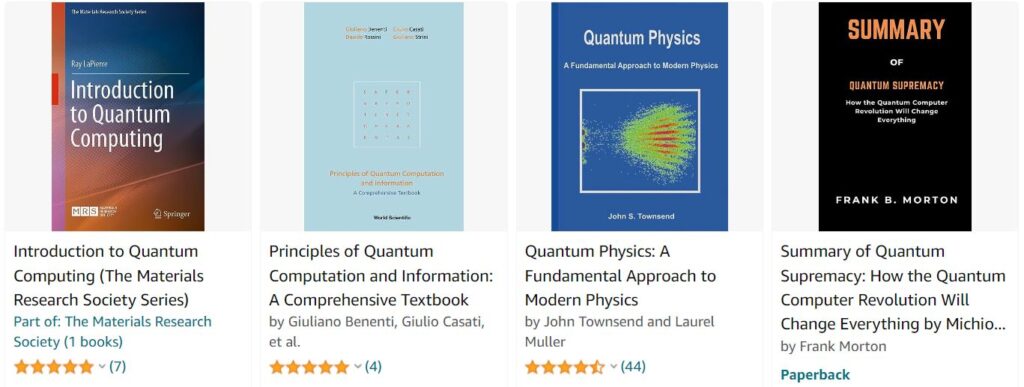Credit: Xiao-Fei Liu et al.
Researchers at Osaka University’s Institute of Scientific and Industrial Research (SANKEN) used the shortcuts to the adiabaticity (STA) method to greatly speed-up the adiabatic evolution of spin qubits. The spin flip fidelity after pulse optimization can be as high as 97.8% in GaAs quantum dots. This work may be applicable to other adiabatic passage and will be useful for fast and high-fidelity quantum control.
A quantum computer uses the superposition of “0” and “1” states to perform information processing, which is completely different from classical computing, thus allowing for the solution of certain problems at a much faster rate.
High-fidelity quantum state operation in large enough programmable qubit spaces is required to achieve the “quantum advantage.” The conventional method for changing quantum states uses pulse control, which is sensitive to noises and control errors.
In contrast, adiabatic evolution can always keep the quantum system in its eigenstate.
It is robust to noises but requires a certain length of time.
The passage of spin state under rapid adiabatic evolution with (red dashed line) and without (blue dashed line) acceleration. Credit: Xiao-Fei Liu et al.
Recently, a team from SANKEN used the STA method to greatly accelerate the adiabatic evolution of spin qubits in gate-defined quantum dots for the first time.
The theory they used was proposed by the scientist Xi Chen et al. “We used the transitionless quantum driving style of STA, thus allowing the system to always remain in its ideal eigenstate even under rapid evolution.” co-author Takafumi Fujita explains.
According to the target evolution of spin qubits, this group’s experiment adds another effective driving to suppress diabatic errors, which guarantees a fast and nearly ideal adiabatic evolution.
The dynamic properties were also investigated and proved the effectiveness of this method.
Additionally, the modified pulse after optimization was able to further suppress noises and improve the efficiency of quantum state control.
Finally, this group achieved spin flip fidelity of up to 97.8%. According to their estimation, the acceleration of adiabatic passage would be much better in Si or Ge quantum dots with less nuclear spin noise. https://resou.osaka-u.ac.jp/en/research/2024/20240220_1









Recent Comments